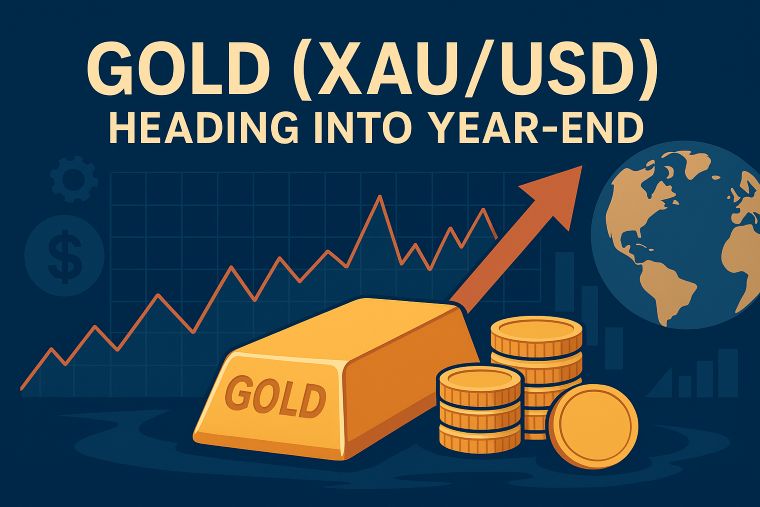3 min to read
We are observing a prominent trend of dollar depreciation
alongside a concurrent yen devaluation.

“We are observing a prominent trend of dollar depreciation alongside a concurrent yen devaluation”
Consequently, the USD/JPY pair finds itself in a state of stagnation, hovering within the mid-149 yen range. Despite the ongoing volatility in the Middle East, notable strides in the U.S. stock market have led to a discernible shift from the risk-averse sentiment prevalent in the previous week. This alteration, transitioning from a robust dollar and yen to a weaker dollar and yen, has created a scenario where USD/JPY struggles to ascertain a definitive direction.
This week holds particular significance, with an imminent address from Federal Reserve (FRB) Chairman Powell. While recent data pertaining to inflation alludes to its enduring presence, it has not triggered significant expectations of an imminent supplementary rate hike. Market participants are now on the cusp of certitude that the forthcoming Federal Open Market Committee (FOMC) meeting will likely maintain the status quo, leaving uncertainties surrounding the December FOMC gathering and the prospect of additional rate hikes. In the realm of short-term financial markets, the probability of a rate hike in December hovers around 35%.
The focal point of the market’s attention is undergoing a discernible shift, transitioning from interest rates towards heightened concerns regarding geopolitical risks and the commencement of the U.S. corporate earnings season, which gains momentum this week.
Within the Eurozone, a prevailing inclination towards the resurgence of the Euro is evident, effectively repositioning the EUR/USD pair back within the mid-1.05 dollar range. Voices within the market allude to the potential waning of the recent momentum in dollar strengthening, driven by the Federal Reserve’s interest rate projections. Investors are exhibiting signs of hesitancy in propelling the dollar further upwards, thereby introducing an element of restraint to the prevailing strength of the U.S. dollar.
The cautious stance adopted by Federal Reserve officials introduces a conceivable scenario where the dollar experiences a short-term loss of momentum. The relative resistance of the dollar to ascend further, despite robust U.S. employment statistics and indicators reflecting persistent inflation last week, underscores the significant influence exerted by risk aversion on the dollar’s performance.
Simultaneously, the British pound is witnessing a resurgence, propelling it to the 1.22-dollar threshold. Currently, the 21-day moving average converges around the 1.2220-dollar mark, and it is prudent to maintain vigilance regarding the pound’s ability to attain this level in the immediate term. However, despite a transient subsidence in the overall cautious sentiment, driven by surging stock prices today, persistent tensions in the Middle East perpetuate an air of vigilance regarding the pound’s potential for further advancement.
This week introduces a multitude of events with significant implications for the pound. The imminent release of data pertaining to the UK’s wage growth and the Consumer Price Index (CPI) on Tuesday and Wednesday, respectively, has cultivated a climate of eager anticipation. The emergence of positive surprises in these datasets has the potential to trigger a notably robust buying trend for the pound against the euro.
On a distinct note, the UK’s Office for National Statistics has announced the postponement of the release of the International Labour Organization (ILO) unemployment rate and the number of unemployment benefit claims, originally scheduled for disclosure on October 24th. The rationale underlying this decision is the growing complexity in data compilation owing to a decline in response rates for specific household surveys.
Visit XM Official Website.

